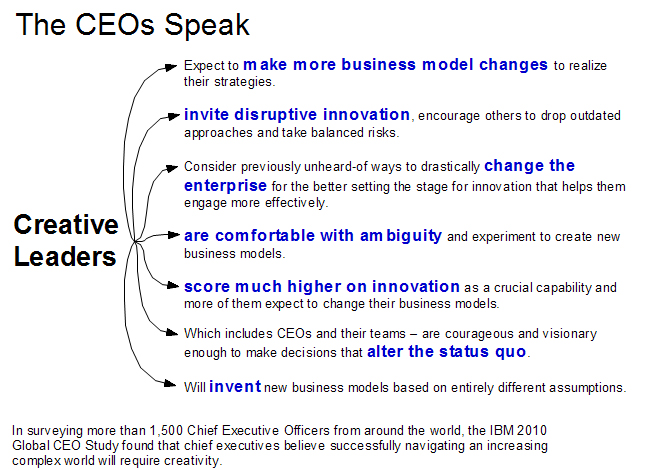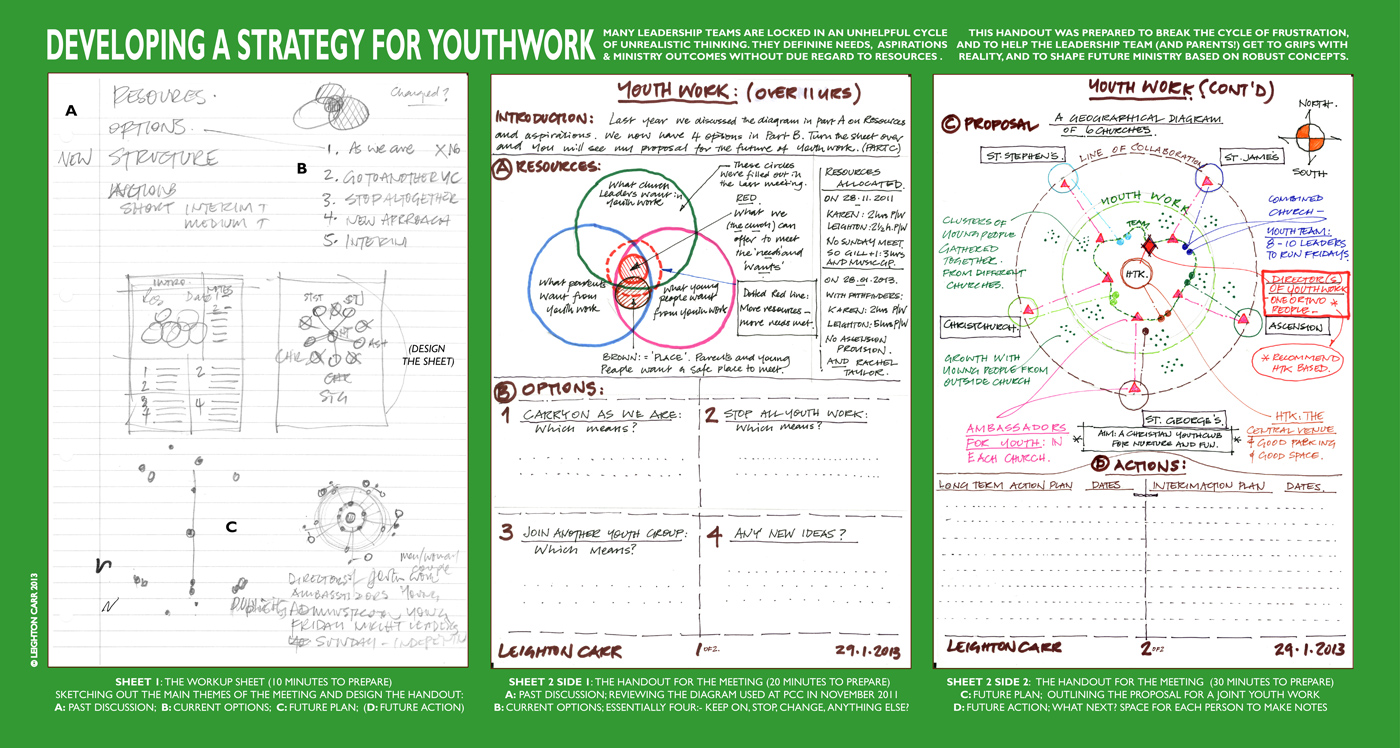It’s a common story. Regular guests at Messy Church are making little or no progress towards becoming more involved in the life of the whole church, and if a growing church is the aim – then Messy Church isn’t working. Many church leaders are now stuck with bacon sandwiches and crafts once a month and are desperately asking: what’s next?\r\n\r\nThere is a key mistake in the way we think of Messy Church.\r\n\r\nTo put it simply, we need to stop seeing Messy Church as an introductory church programme designed to bring people to another, more important programme called ‘Main Church’. And it follows that we need to stop treating guests as attendees in an organization and start treating them as family members in a family.\r\n\r\nWith that in mind, here are my seven top tips for taking Messy Church to the next level.\r\n\r\n1 Appoint a pastor. The pastor will be the focal point for developing a strong community within Messy Church. It may be a member of the clergy or it could be an experienced lay person. It might be a great role for an experienced couple. Whoever it is, the pastor needs lots of time to be the pastor and take responsibility for the welfare and concern of their flock, a flock which may be made up mainly of people who don’t go to church. A word on gender: the pastor could be male or female, but consideration should be given to how to engage the fathers and grandfathers who come with mothers and children and just read the papers. My observation is that fathers are usually much less comfortable at Messy Church.\r\n\r\n2 Localise the goals. As long as the goal is to move ‘attendees’ from one programmed event to another event of some perceived greater importance, then leading Messy Church will tend to be impersonal and remote. Instead, set growth goals local to the group. Are friendships growing across the group, do people know each other better this year than last, do they care for each other? What is the quality of community we are building? Have we pitched our worship at an appropriate level to move on their discipleship? Focus on growth that is possible within the group this year.\r\n\r\n3 Make it personal. Encourage community growth by creating opportunities for people to really get to know each other. Plan times where families can share BBQs, go for walks on Bank Holidays, babysit for each other, learn the names of each other’s children. We say it but don’t believe it: most people need to belong before they believe. In patient parish ministry we weave a community together over a long time, and the richness of this work depends on our ability to step outside the church walls. In this work Messy Church is a gift. It gives us an natural, fresh opportunity to deepen the quality of our community, but it only happens when people are in close proximity for extended periods of time.\r\n\r\n4 Be personally vulnerable. If Top Tip 3 is Make it Personal, the next has to be make it personal – to you. This is possibly the hardest thing do. In general church leaders want Messy Church to grow through organization and they really, really don’t want to commit to a new set of deep relationships. There simply isn’t time. But the reality is that the true cost of effective leadership is not in organizing a well run event – that’s easy. The real cost is in the time it takes to become friends. If you never allow people to cross your own personal thresholds then you can never grow a church of deep and high quality community. It’s tough. It’s not only time consuming, it places demands on the whole family, and it can be the source of personal pain and disappointment. But it is an important key to growing Messy Church. Pick leaders who will make leading Messy Church their sole ministry, and be clear about the sacrifice required – in personal time, friendships and church attendance.\r\n\r\n5 Be clear about identity. Rather than hoping to surreptitiously slide people from Messy Church to Main Church, be clear about the identity and limitations of Messy Church. Say up front that Messy Church is a great opportunity for whole families to take part in a simple act of worship, but that it’s only one small part of what mature Christ-followers do. Promote church events. Talk up teaching programmes being used across the church. Invite people to opportunities for deeper worship, for family ministry, for discipleship. Help people see that they belong (not just attend) to something with a clear identity, but which is part of something bigger and richer.\r\n\r\n6 Challenge personal growth. Also be clear about the call and expectations of every Messy Church member in the light of the gospel. Just as we would encourage every-member ministry in the Main Church, so we should create opportunities for personal growth at Messy Church. Ask people to read out loud, to invite their friends to special events, take part in service planning, even to pray in public. We have to create opportunities for the group to serve each other.\r\n\r\n7 Integrate with the whole church. A strong identity allows Messy Church to stand-alone so that people can belong, but we should then create clear opportunities to join and serve the larger church community. This may mean joining in significant acts of worship or other community events, or taking part in leading some aspect of whole-church life, perhaps helping organize a family day or the Christingle service or the summer fair. Plan integration carefully to make sure it happens.\r\n\r\nAll these tips come down to one main point about dedicated leadership in Messy Church:\r\n
Leading Messy Church should be the most important ministry for those that do it. It cannot be a clip-on ministry playing second fiddle to something more important.
\r\nWill it work? I have grown house groups, Alpha courses, nurture groups, pastorates and churches, and all of the above tips have played a key part in every group that’s grown.\r\n\r\n \r\n\r\nWritten over two weeks in various places, finished in Neros Clifton

